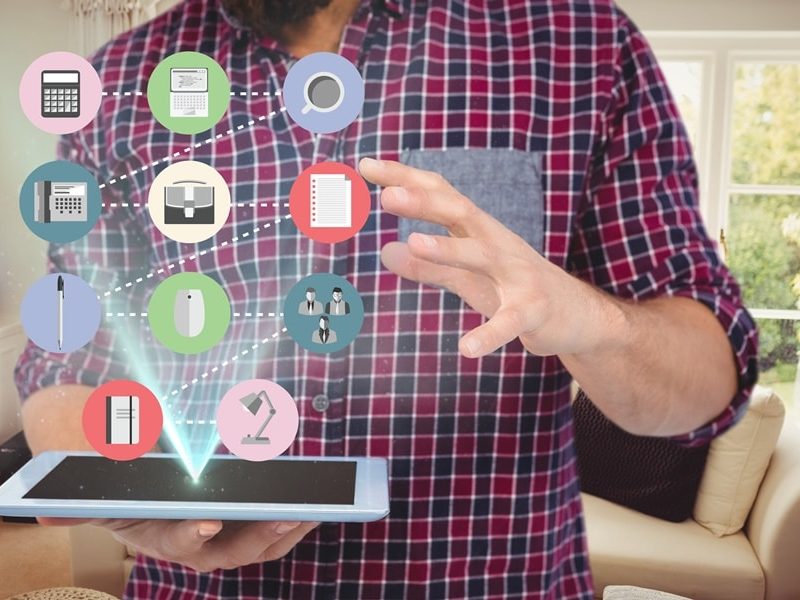Although we usually give examples of what a smart house can do for you, today we’ll focus our attention on its development potential. We will also cover one of its basic characteristics – the safety of all users.
People need to learn how to use smart technologies, and this was never as simple as today. A few years back, the inability to educate users was one of the industry’s major problems. The users were not at all sure what smart devices actually are. Whether they save time and energy or present expensive products that will quickly become overused. As a matter of fact, they simply didn’t understand how smart technologies are used. Nor they were sure in the durability of products that are still in development. Last year, the industry leaders finally overcame this problem and companies have become more aware of the importance of client education. Over time, new devices with simpler interface and system upgrade options popped up on the market.
Smart home development as the ongoing process
In 2016, over 80 million smart devices were purchased and installed worldwide. This presents a huge growth in the “smart market” in relation to 2015. And yes, we are talking about 64% growth! Among the best-selling products are thermostats and smoke detectors, smart locks and video ringers at the entrance door. A significant share of the sold devices in 2016 went to the home assistance appliances such as GoogleHome, Mike by Bosch and the famous Alexa from Amazon.





